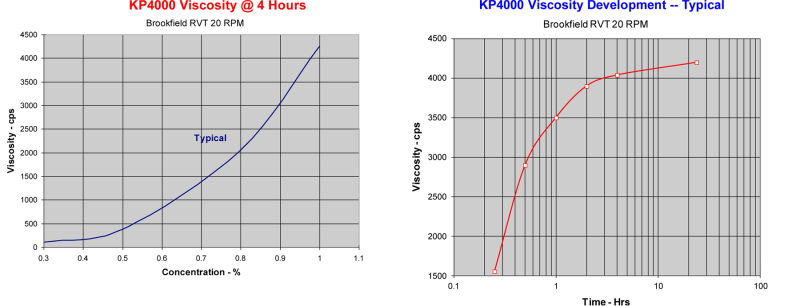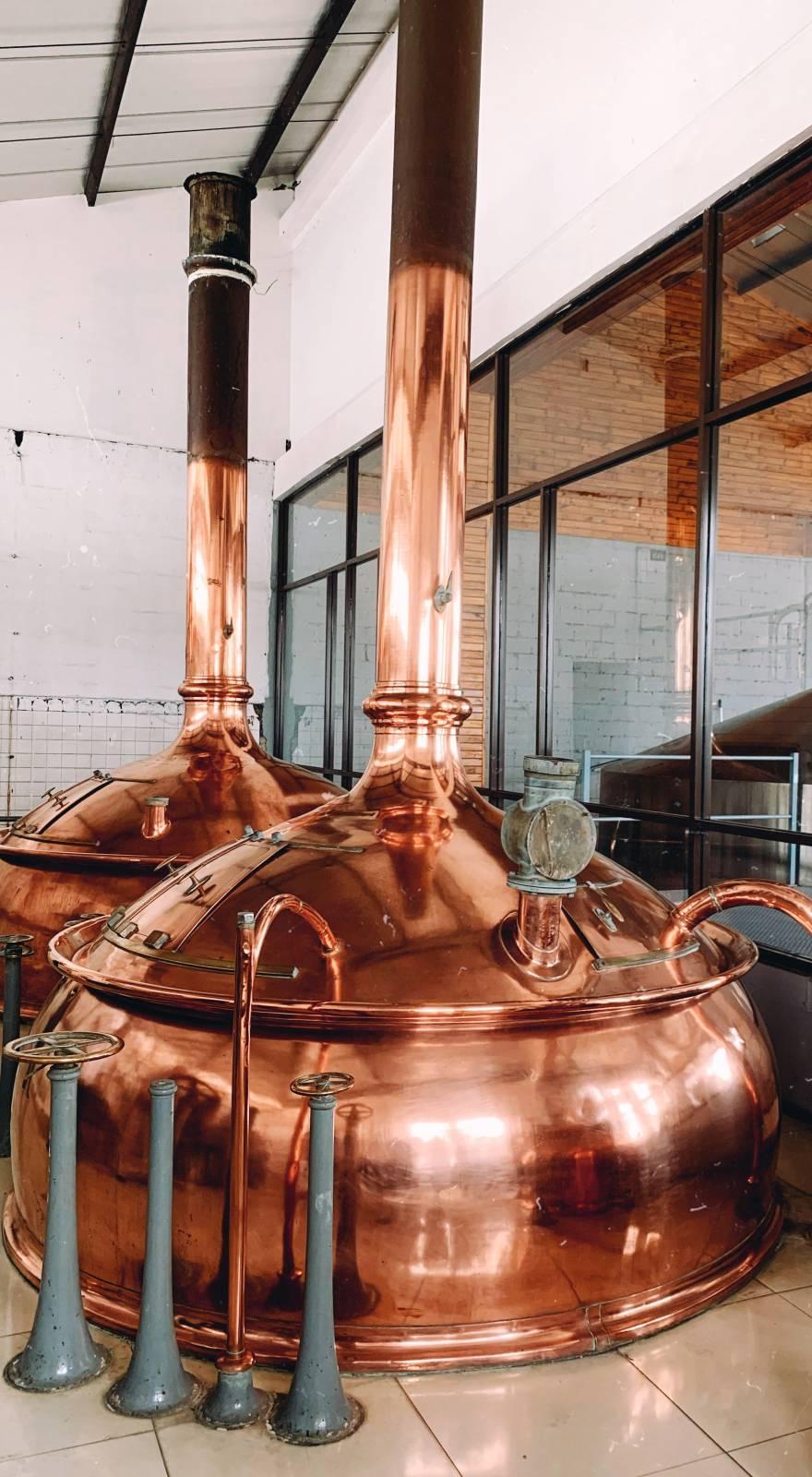Knowde Enhanced TDS
Identification & Functionality
- Chemical Family
- Chemical Name
- Industrial Additives Functions
- CAS No.
- 9000-30-0
- EC No.
- 232-536-8
- Technologies
Features & Benefits
- Labeling Claims
Applications & Uses
- Markets
- Applications
- Industrial Additives End Use
- Mixing & Feeding
KP4000 is normally wetted with fresh water using a venturi-type eductor. KP4000 is usually diluted to 0.1% to 1.0% by weight with water and allowed to hydrate for 4 hours or more before use. Unlike polyacrylamides, KP4000 hydrates best under a high shear mix condition. Enhanced activity can be achieved by further secondary dilution (e.g. 0.05 to 0.3%) before it contacts high solids pulp or solutions.
- Flocculation
Guar gum's long-chain polysaccharide structure with many exposed hydroxyl groups enables it to act as an inter-particle bridging flocculant for clay and other siliceous mineral particles. By partial and simultaneous adsorption onto more than one particle surface, a single molecular chain of the guar gum's polysaccharide is able to form one or more interparticle bridges. The result of the formation of a network of these molecular bridges amongst many of the particles in the formation of flocs.
Particles that have a large negative electrical surface charge (zeta potential) may require a reduction of this charge in order to permit bridge formation to occur. This reduction is usually affected by the addition of trivalent positively charged ions of iron (Fe3+) or aluminum (Al3+) {provided by the addition of water solutions of "alum" (Al2(SO4)3·18H2O) or ferric chloride (FeCl3·6H2O)} or positively charged polymers such as Rantec RT CatFloc.
- Preserved Solution
KP4000 is a natural organic polymer that must be protected against spoilage. Good plant hygiene and periodic cleaning of mixing and storage tanks will reduce potential for spoilage. For severe applications in warm climates or problem areas KP4000-P can be supplied. KP4000-P contains biocides designed to prevent spoilage of polymer solutions. Rantec will also recommend effective biocides that may be added to the solution in-plant to prevent spoilage.
Technical Details & Test Data
- Bench Testing
Good planning starts with bench-scale testing. Bench tests of KP4000 prior to plant use can be used to determine the optimum ranges of feed rates, additional locations, and sequences. Cylinder and/or jar studies are typically performed using a 0.1% by weight solution aged four hours and then added to fresh liquor pulp. The best results may be achieved with KP4000 alone or in conjunction with other synthetic polymers.
When used in conjunction with other polymers, the order of addition should be tested. In some systems the best results are achieved by separate, sequential feeds (adding and mixing the KP4000 first, followed by the synthetic), in other systems the best results are achieved when the KP4000 and the synthetic are mixed and fed together.
- Viscosity
KP4000 hydrates, dissolves and develops viscosity over a period of time as indicated in Figure 1. Normally a period of 4 hours or more of aging time should be allowed to fully develop the polymer.
The viscosity of KP4000 solutions increase with concentration in an exponential manner. Planning of mixing and feed systems should take into account the viscosity characteristics of KP4000 that are illustrated in Figure 2.

Safety & Health
- Safety
- KP4000 is a natural organic polymer often used in food ingredients as well as industrial applications.
- It is non-polluting and nontoxic.
- It is totally biodegradable, so disposal problems are reduced.
- KP4000-P contains a biocide and should be handled accordingly.

